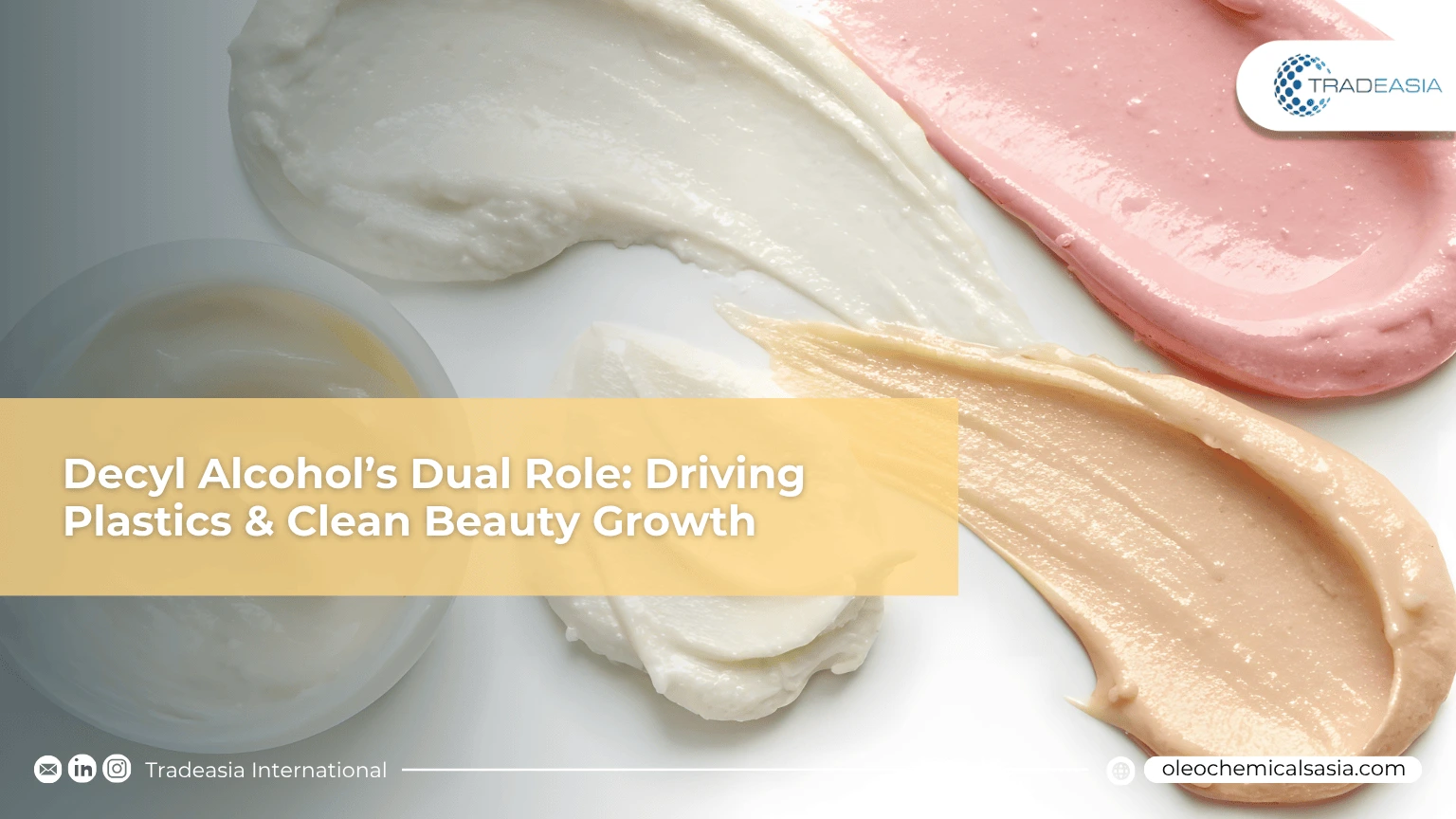Decyl Alcohol’s Dual Role: Fueling High-End Plastics and Clean Beauty Growth

Table of Content
- Industrial Volume Meets High-Velocity Cosmetic Demand
- Geographic Concentration and the Quality Mandate
The dynamic nature of the specialty chemicals market demands that traders look beyond singular applications. For Decyl Alcohol (C10), two distinct sectors—plastics and cosmetics—are providing both the volume and the high-growth margins that define a lucrative trading commodity in 2025. While C10's global role as a raw material is clear, the real opportunity lies in understanding where the most sophisticated demand originates.
Industrial Volume Meets High-Velocity Cosmetic Demand
Industrial usage underpins the C10 market’s stability, with the plastics industry utilizing approximately 28% of the market share as of 2024, the largest application segment. It serves as a vital alcohol intermediate for synthesizing plasticizers. However, the future growth story is being written by the personal care sector. The 1-Decanol market is soaring, forecasted to grow at a Compound Annual Growth Rate (CAGR) of up to 9.8% over the next few years. Here, C10 is valued as a superior emollient and emulsifier, driving the wave of "clean beauty" products that prioritize natural, palm-derived ingredients. Successfully bridging the supply gap from reliable palm sources to high-end European formulators requires an unwavering focus on integrity and efficiency, qualities that are non-negotiable for a partner trusted in the oleochemicals supply chain.
Geographic Concentration and the Quality Mandate
It is a geographically segmented market. Asia-Pacific holds the largest market share, approximately 43.26%. The premium demand for high-purity, cosmetic-grade material is concentrated in Europe and North America, driven by their mature chemical and cosmetic industries. This geographic separation necessitates robust logistics and quality assurance from suppliers. Furthermore, C10’s critical usage in the highly regulated Pharmaceutical sector, where it acts as an emollient and emulsifying agent, mandates that only the highest purity material is accepted. Trading firms that can guarantee the purity of palm-based C10, with specifications showing 99% minimum C10 composition, will consistently outperform those focused solely on volume, demonstrating the advantages of utilizing sustainable feedstock.
Sources:
-
Wilmar International - DECYL ALCOHOL - WILFAROL 1099 (https://www.wilmar-international.com/oleochemicals/products/human-nutrition/detail/capric-alcohol)
-
Frontiers - Biosynthesis of Fatty Alcohols in Engineered Microbial Cell Factories: Advances and Limitations (https://www.frontiersin.org/journals/bioengineering-and-biotechnology/articles/10.3389/fbioe.2020.610936/full)
-
SNS Insider - 1-Decanol Market Size, Share & Industry Trends Report, 2032 (https://www.snsinsider.com/reports/1-decanol-market-7271)

Leave a Comment